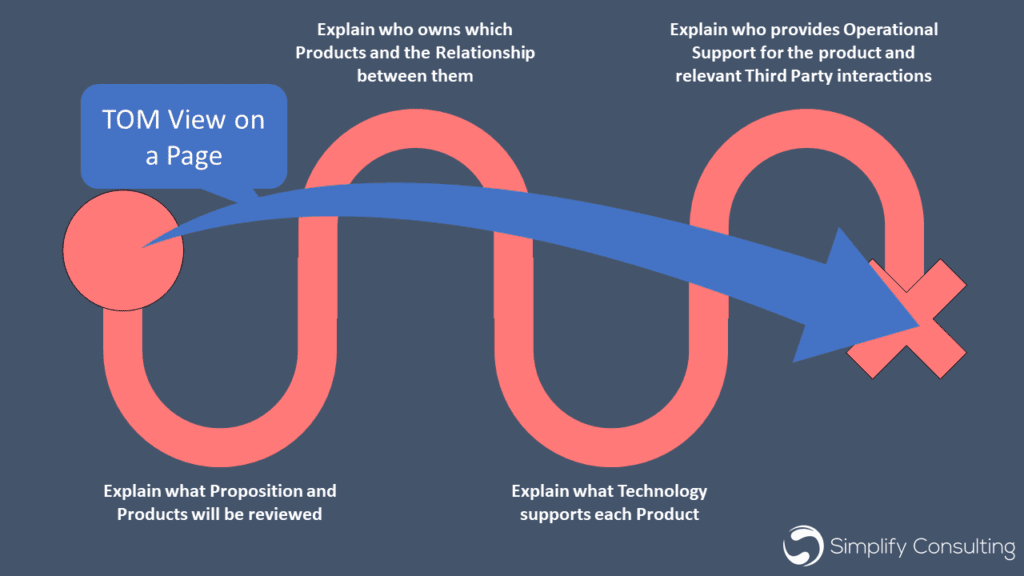Day rate contracting has been around for some time and is synonymous with consultancy work, with contractors mainly charging a consultancy day rate for their services. Typically, either operating directly or increasingly now via Umbrella companies as more and more roles have become inside IR35, following the legislative changes made in the private sector in April 2021.
With rumours that the Labour Government may strengthen workers’ rights giving employees greater opportunities to work flexibly, such as 4 day working weeks (part time) or compressed (working 5 days in 4), this will have a big impact on businesses such as consultancies who charge their clients a day rate for their services.
Is Time & Materials (T&M) conducive with flexible working?
Consultancies will typically charge clients T&M or fixed price. T&M is often used as it aligns to the contractor charging model and it also gives clients the flexibility to adapt the tasks the contractor is working on; this charging model lends itself more towards inside IR35 work. Fixed price in my view in a charging structure aligned to true consultancy. This means the client only pays, when something is delivered, to their satisfaction (much like other services such as building work, plumbing etc), giving the client assurance that they only pay for a specific or set of deliverables, rather than pay a day rate, regardless of what is achieved! However rarely do contractors get paid fixed price, resulting in the consultancy carrying the delivery risk, i.e. they only get paid if they deliver, but the contractor gets paid a day rate, irrespective of delivery.
In time, consultancies may want to align their charging structures to de-risk delivery, this may also enable more outside IR35 roles too (albeit this is only one of a number of factors that contribute to the IR35 status), allowing them to attract a wider pool of contractors and potentially for lower rates, as the contractor will likely pay less tax and NI.
If the Government goes ahead and introduces greater worker rights and it becomes more difficult for businesses to retain 5 day working patterns, this will no doubt have consequences on several markets and businesses. From a consultancy perspective in the wealth space, where one of our charging models is T&M, this will mean we would only be able to charge out our team for 4 days instead of 5, as there isn’t currently a concept of working 5 days in 4, from a charging perspective. Meaning, if the consultant is a permanent member of staff, the business will pay the employee as a full-time employee but can only charge them out for 80% of their working week. Unless the charging model changes…
What’s the solution?
One possible solution would be to move to an hourly charge rate rather than day rate or only offer fixed price as a charging structure, rather than T&M. Consultancies will often have both permanent consultants and contract resources at their disposal, it maybe this change only directly affects consultancies on the permanent resourcing front, but could we see this shift mean we get more contractors wanting to work 4 days a week, either part time or compressed to mirror that of the permanent workforce? If so, again an hourly rate or even fixed price could be a way of achieving that, albeit operating on a fixed price basis (from a contractor perspective) would be a very different way of working. compared to today, in our market.
However, the client may disagree. Whilst flexible working such as compressed may work for consultants (perm or contract) would this work for the end client? Would they be happy to pay an hourly rate if it means consultants won’t be available Monday to Friday. If their own workforce such as SME’s, Ops and Change teams are working core hours then having key consultants unavailable on certain days every week maybe a barrier. Although if flexible working catches on, its likely to affect every part of the value chain!
Considerations…
If contractors were to consider a fixed price model, then they would need to satisfy themselves that there wouldn’t be any barriers outside of their control, that may impact on their ability to achieve the deliverables, which trigger the payment for their services. As we know in the change space there is often a heavy reliance on client SME and stakeholder availability to progress workshops, achieve sign off and, project issues or other internal priorities can often result in delayed progress. If this results in a delay in deliverables being achieved, it will impact contractor pay, which could create a conflict that doesn’t exist today between those two parties. Therefore, unless it’s a familiar client, with known stakeholders and ways of working, an hourly rate is more likely to be a desirable solution.
An hourly rate doesn’t come without challenges as today there is a concept that contractors work the hours they need to, in order to get the job done, with contractors often having to work more hours than a full-time employee. Would working compressed limit their ability to work additional hours on their working days to get work completed? If this results in working 12 – 14-hour days across 4 days would that achieve the improved health and wellbeing you would expect from working flexibly!!! Not to mention the risk of burnout from compressing effort to a shorter number of days.
Benefits
There are of course lots of benefits to flexible working and a 4-day week, some of which will have benefits on the business such as staff retention, engagement, loyalty, attracting talent. Additionally for the employee, it may help reduce childcare costs, provide a better work life balance (4 on, 3 off), improve motivation, productivity and so on.
I think most employees (perhaps not all businesses) would be keen to explore the possibility of 4 day working, 4 on/3 off, certainly sounds better than 5 on/2 off but could this mean the end of the day rate?
I would love to hear your views…

Matt Short
Chief of Staff













































































































































































































